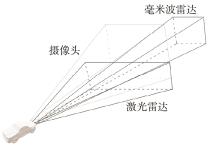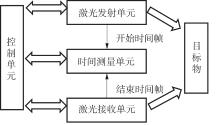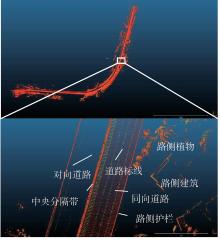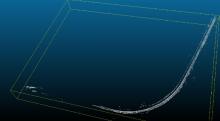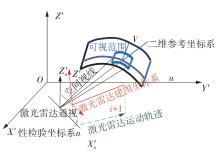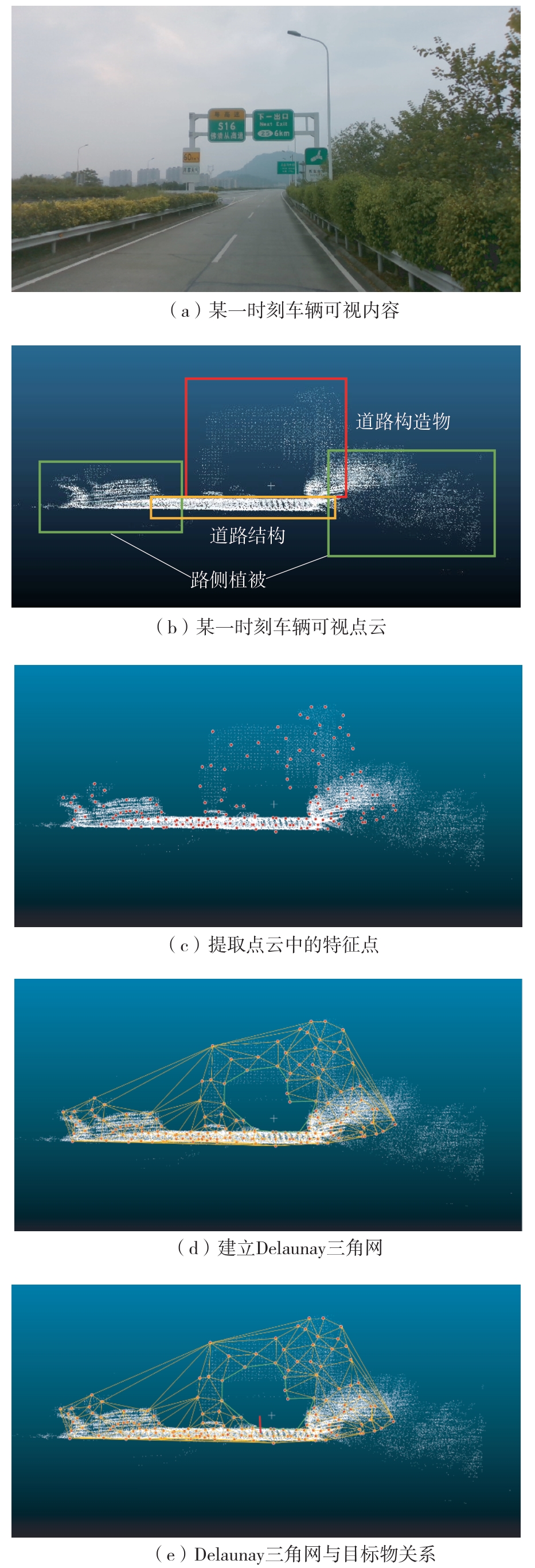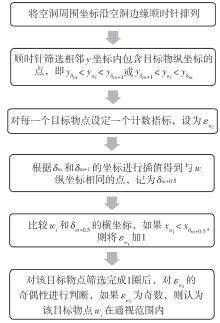Journal of South China University of Technology(Natural Science Edition) ›› 2024, Vol. 52 ›› Issue (11): 134-140.doi: 10.12141/j.issn.1000-565X.230777
Special Issue: 2024年智慧交通系统
• Intelligent Transportation System • Previous Articles Next Articles
Research on the Construction and Evaluation Methods of the Perceptual Space of Unmanned Vehicles
WANG Xiaofei1 WANG Ziqi1 DING Zhenzhong1 GUO Yueli2 YAO Jiangbei2
- 1.School of Civil Engineering and Transportation,South China University of Technology,Guangzhou 510640,Guangdong,China
2.Guangdong Communication Planning & Design Institute Group Co. ,Ltd. ,Guangzhou 510507,Guangdong,China
